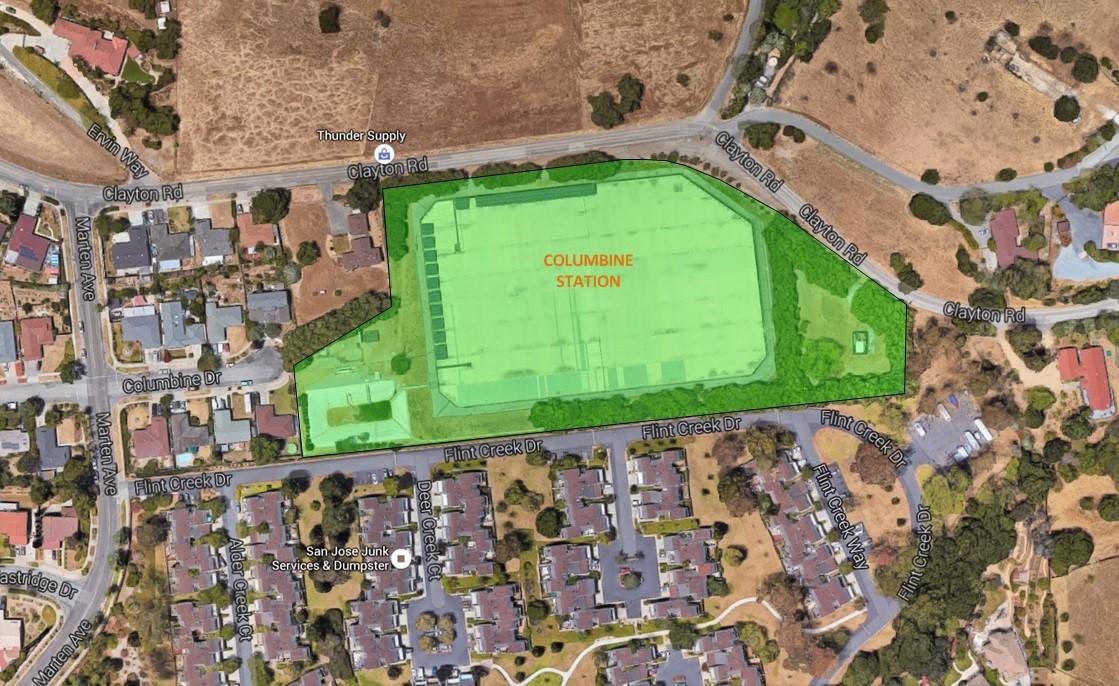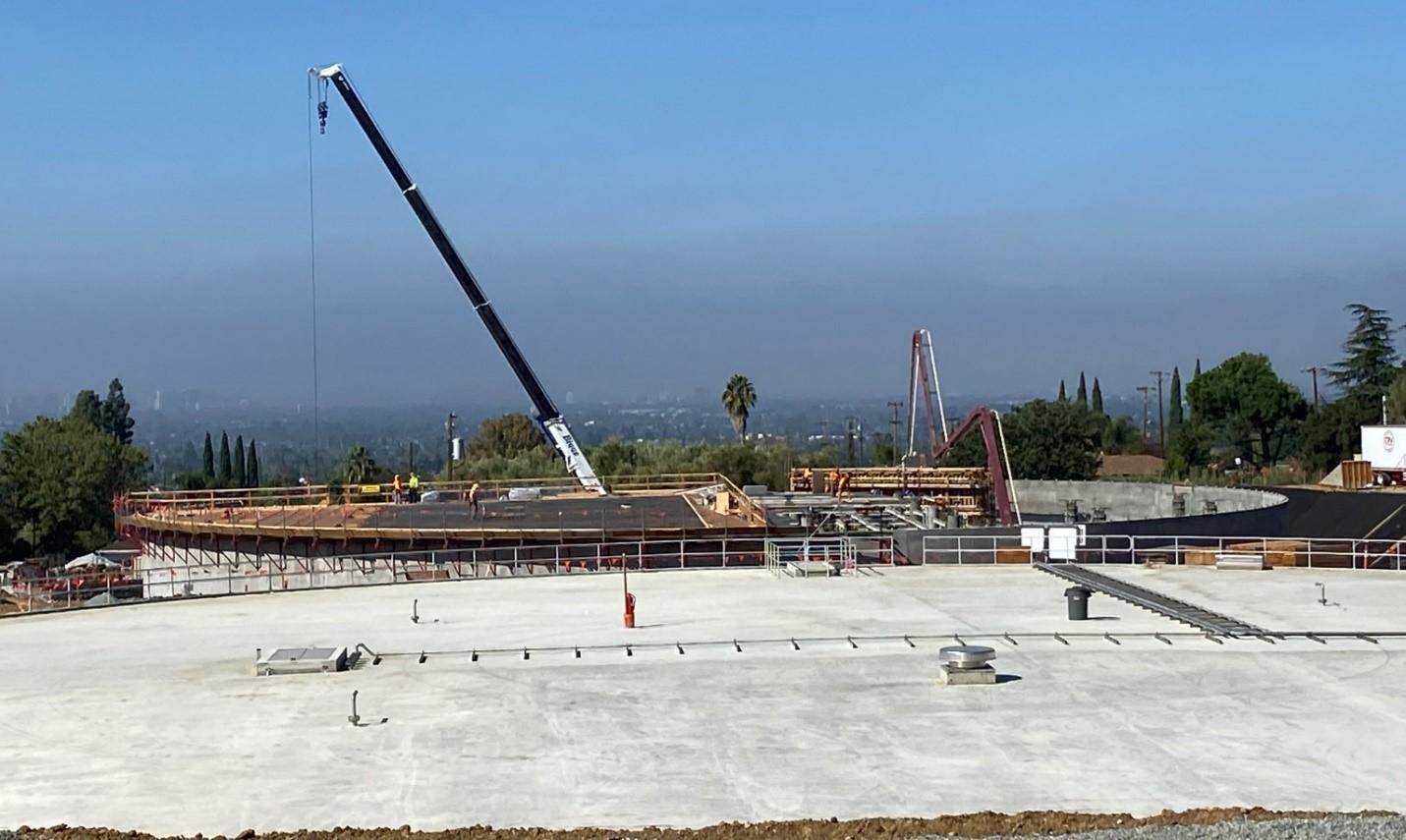The two 5.1 million gallon water tanks are replacing a 19.6 million gallon earth embankment reservoir built in 1963, which was nearing the end of its useful life. The new tanks will hold less water (the population has used less water over the last 30 years, despite 29% population growth). Smaller tanks allow for the average age of water to be lower, helping water quality and taste. In addition, having two tanks allows for taking one tank down during low usage periods for cleaning and repairs.

The replacement tanks are constructed using prestressed concrete, which has an average life expectancy of 75 years. They require very little maintenance compared to steel tanks, and can be partially buried as they will be in this case. As a result, these tanks have the lowest total lifetime costs compared to other types of tanks (which is often true for tanks of this size). An additional feature is that these tanks are being built to the latest seismic codes to minimize the chance of failure during an earthquake event. The tank location is near the Hayward fault.

The first tank was completed in 2022 and is currently in service. The second tank will be completed in June 2023. The new tanks will provide clean and healthy water to over 100,000 residents for many years, while providing a constant source of pressurized water for fire hydrants and homes — even when the power goes out in an emergency
